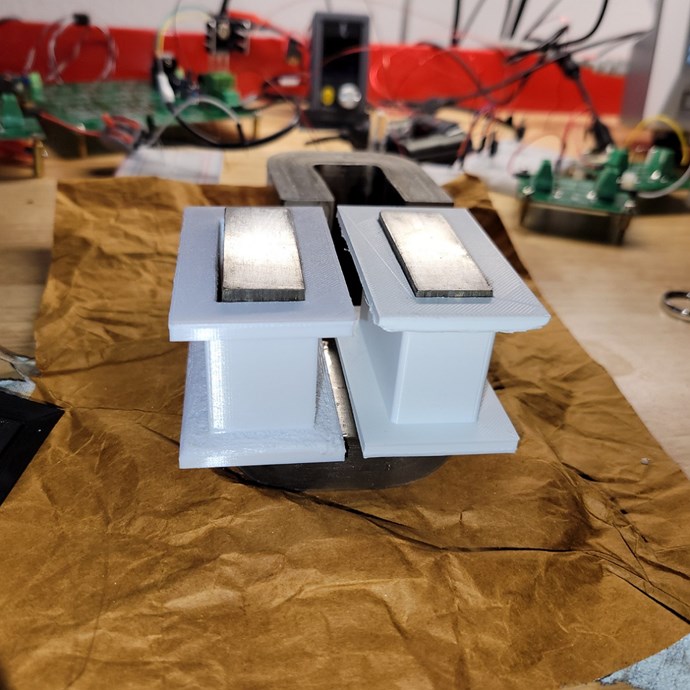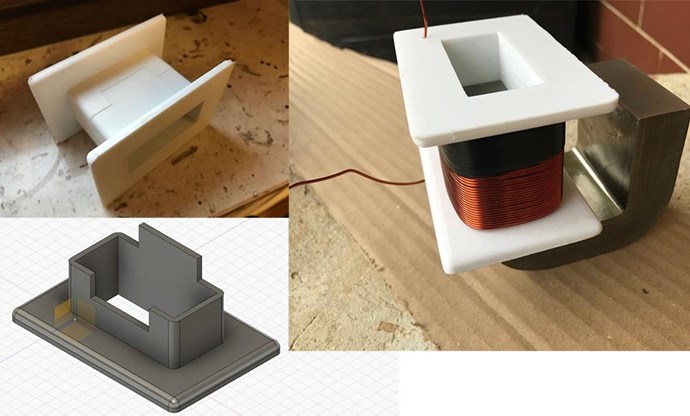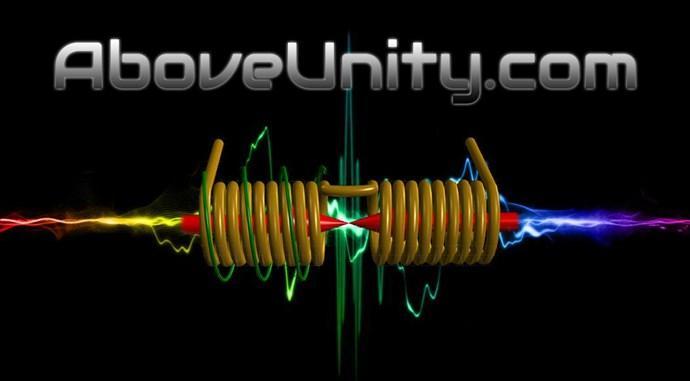Hey Marcel,
Let me try to explain a bit more.
Cross Sectional Area
Magnetic Lines of Flux are spread out in a Grid like arrangement. These Lines of Flux, are seen better here: ( Note the Inverse Square Law )
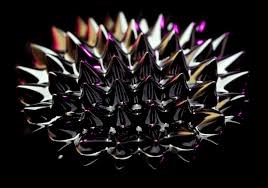
Each line can fit inside any given Two Dimensional Area, known as Cross Sectional Area, or CSA, and the more Area, the more Flux Lines will fit inside the given Area.
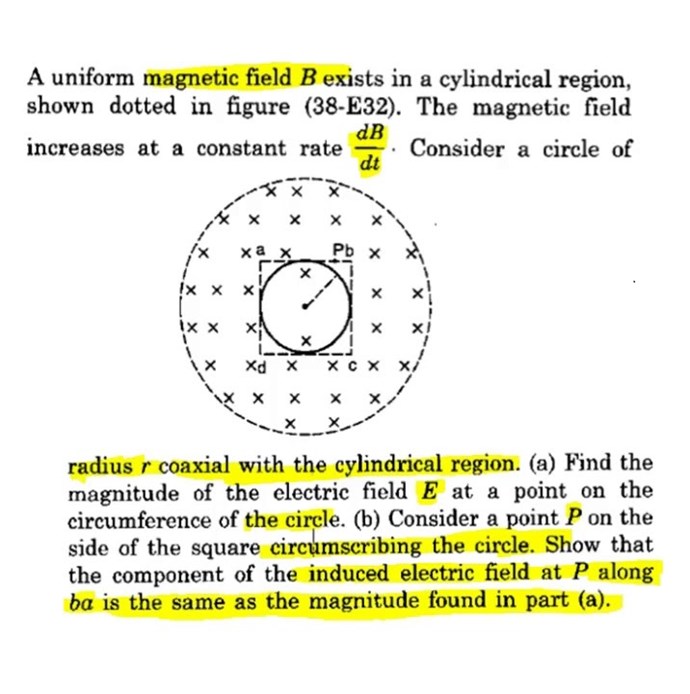
We know, that Faradays Law: E.M.F = -N ΔΦB / Δt, which is the typical Transformer Induction Law. I recently posted a bunch of videos here, about Transformers and Faradays Law.
The more ΦB we have, the more E.M.F we are able to "Generate" for the same or less Turns.
Floyd Sweet gave us this analogy and example:
Now let us consider the losses. Copper or Cu I2R losses remain but may be minimized by using wire of larger than usual cross-sectional area.
Ref: Floyd Sweet - The Flux Coupled Alternator.
Static Magnets
Each Magnet, orientated in a North South, North South, facing, gives a Spring, like action to each Coils Core Material.
Floyd Sweet, again, gave us the example:
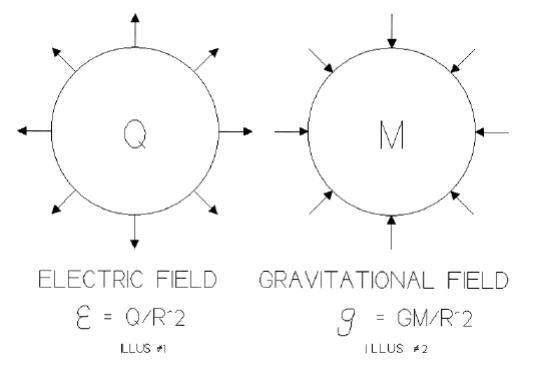
We can see, the Electric Field is convergent, radiates outward, the Gravitational Field is divergent, radiating inwards!
The Electric Charge Carriers are the same:
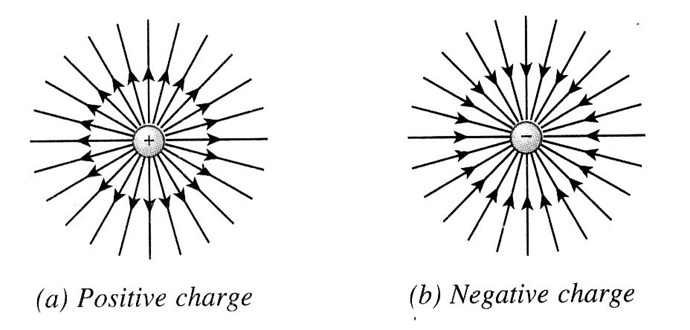
We have a Magnetic Field, Static in Nature, that springs back the Induced Fields of the POC and thus, adds energy to the Coils, through Floyd Sweeta Analogy:
How does the Space Flux Coupled Alternator appear to operate beyond unity? An approximate analogy, not by any means perfect, is as follows: Picture a side-wheel paddle steam boat making its way down stream in the same direction as a fairly strong tidal flow. Assume the steam engine to be highly efficient, say 80%. Now assume the engine to be working at this efficiency and that the tidal energy integrates with that of the engine in propelling the ship. The acceleration increases to a point where the horsepower increases beyond that equivalent energy consumed by the engine. If one were not aware of the tidal flow energy integrated with that of the consumed energy, one would conclude the engine efficiency was greater than unity. This is hypothetical. As the momentum of the tide relates only to the mass of the steamboat’s displacement of the medium, water. Actually if the forward momentum of the tide was able to relate only to the paddle wheel the forward or positive force would tend to force the wheel to turn in the opposite or negative direction.
Then in the hypothetical case, the force of the tide on the mass of the ship would equal the force acting on the paddle wheel and the ship would be motionless. In order to move in the forward direction, the engine would need to overcome the negative force of the tide on the wheel. Little engine HP would be needed, as it would integrate with the positive flow of the tide, acting on the displacement mass of the ship. The above is not achievable in practice, as the only way the tide could relate to the paddle wheel in such a manner, the mass of the ship would have to be completely out of the water and only the wheel within the flow of the tide would turn, as the momentum of the flow of the tide would not be in effect. This is reactive power – no work is done.
The wheel turns but the ship is motionless. Conversely, if this were a possibility, then a ship moving against a strong tide, would be able to traverse a river without either engine of sail, by means of the force of a moving mass of water against the wheel paddles. As stated, the force of the mass of water flowing against the displacement mass of the ship predominantly opposes the positive motion of the ship. The analogy though far from perfect, suggests that if one were not aware of the visible force acting on the movement of the ship, at times, assuming all parameters were measurable, the indication might be that the engine was capable of greater than unity efficiency.
In the case of the Space Flux Coupled machine, there is no visible entity. It’s abstract. A steady state coherent force is present when brought under the influence of the electromagnetic controllable forces. It returns to an incoherent state when the initiating magnetic forces are absent (except in the case of a permanent magnet).
If the Tide adds 50% to the Engine's Efficiency, then we have the Engine 80% + the Tide 50%. We have this exact same situation in the POC, we have an Assist of X percent, which is entirely up to our Design and Experiment Expertise!
We have covered this many times on this Forum.
Output
We know, from experiments, that what we have always experimented with, is basically a DC Output!
Steven Mark said the same thing:
Don Smith also said the same thing:
If we want AC Output, all we need do is make 2x units and fill the other half of the Waveform. Remembering AC is simply two Sinusoidal DC Pulses with Alternate Polarity:
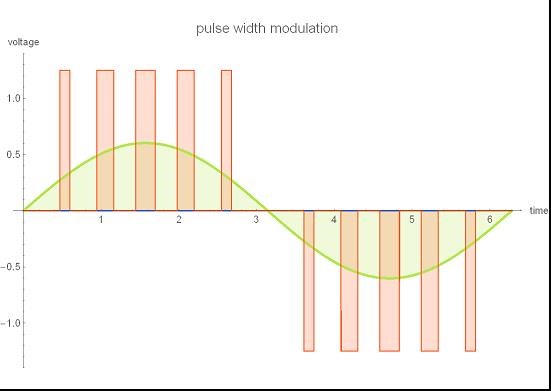
One Positive, one Negative.
We saw this, in this image, and in some of the data on the VTA:
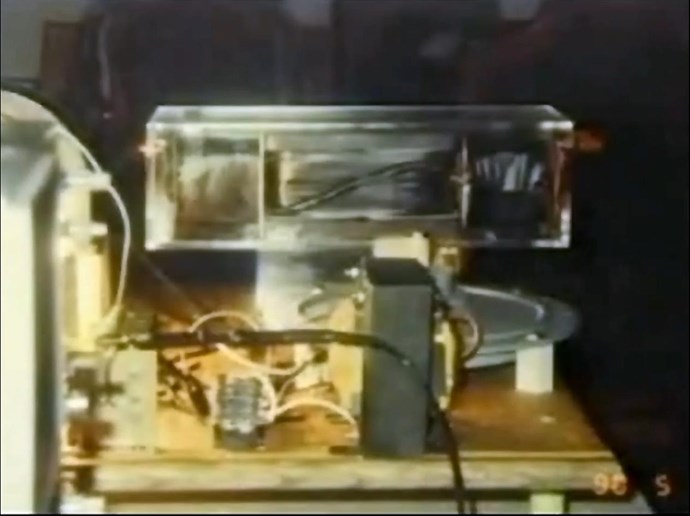
Thus it become an Oscillator of sorts!
Hope this helps!
Best Wishes,
Chris

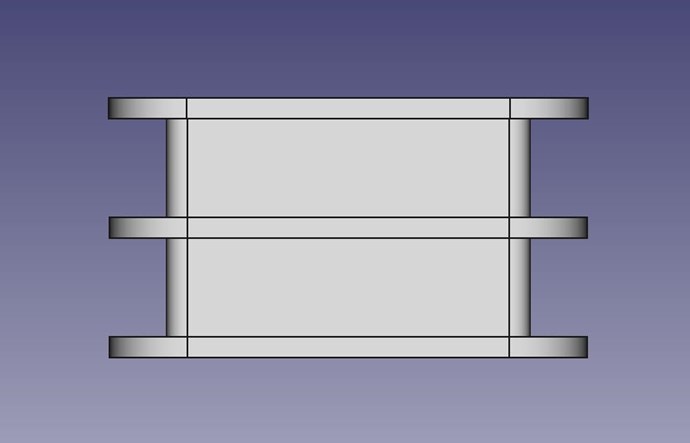
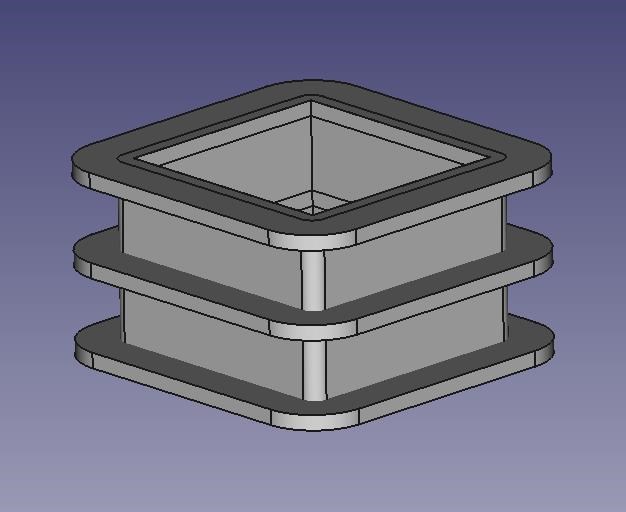









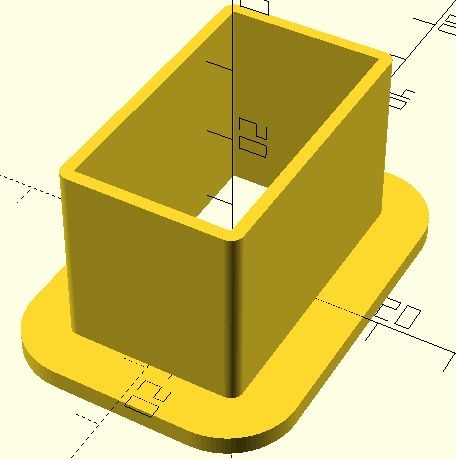


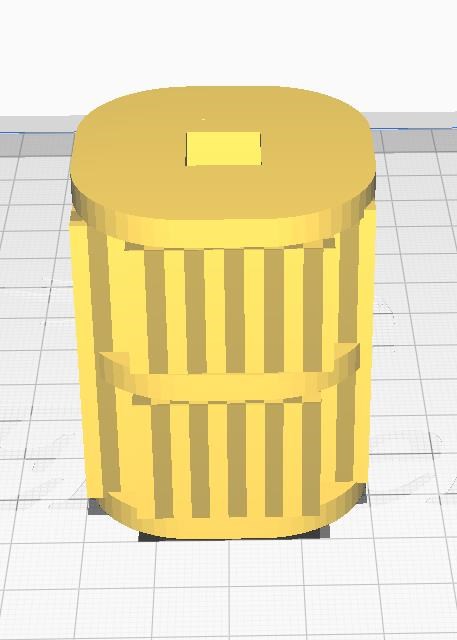
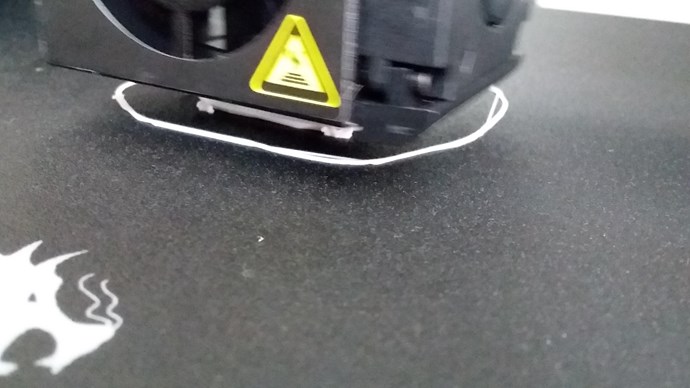



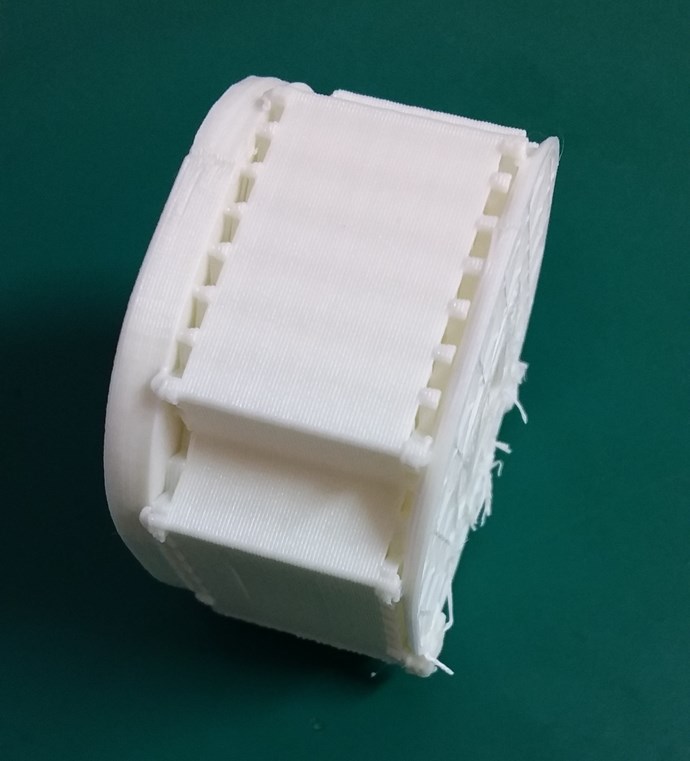
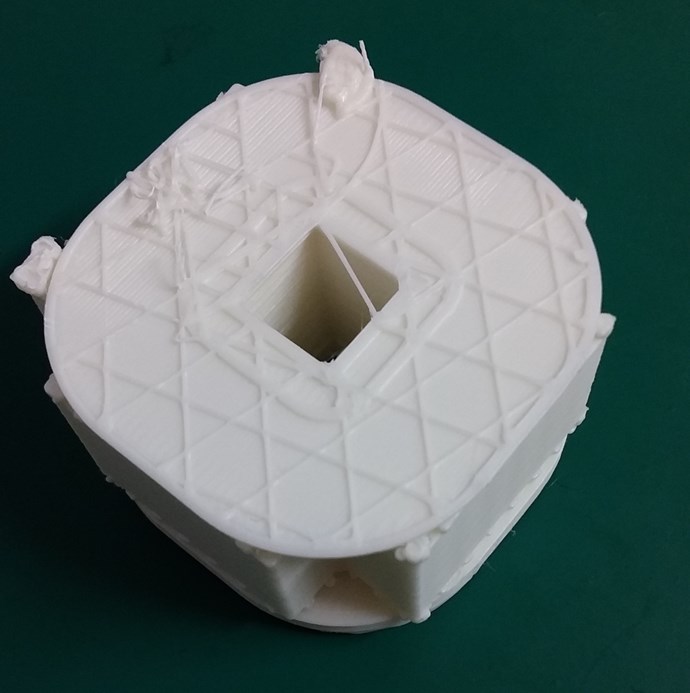
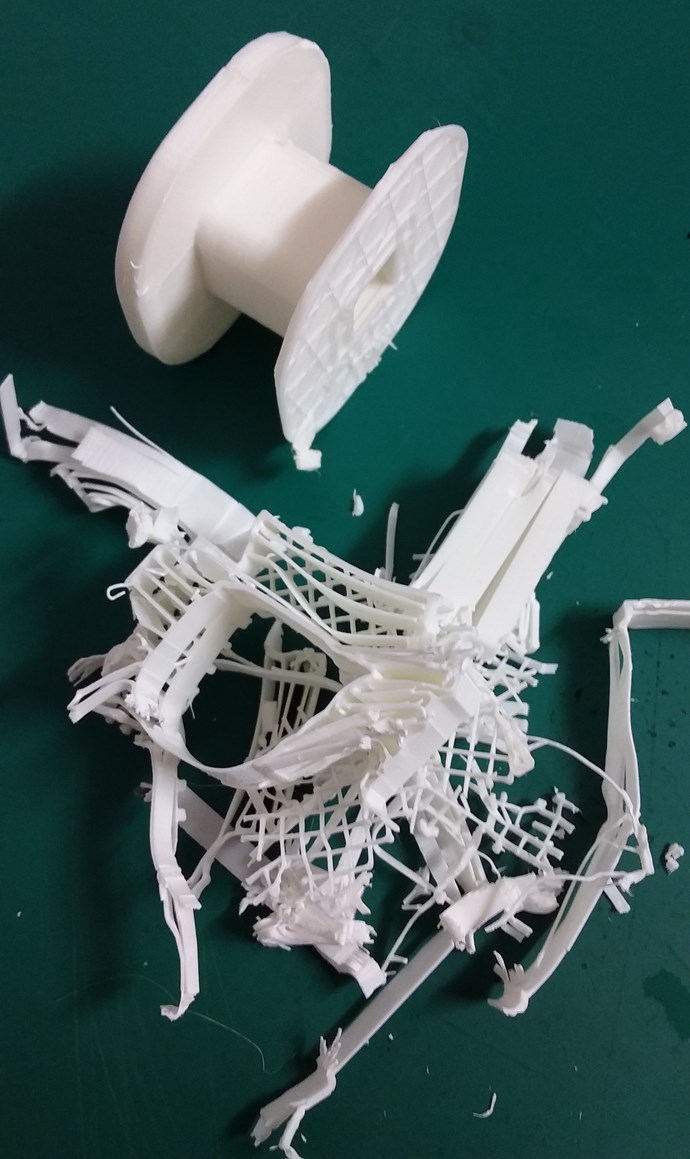
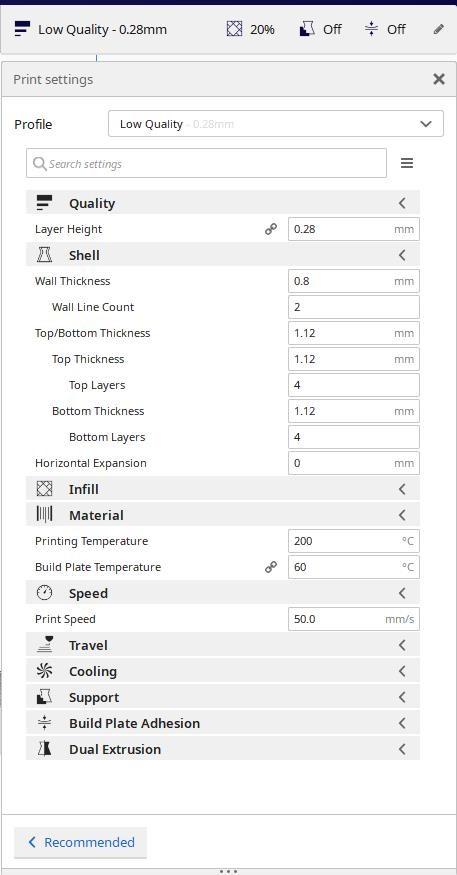
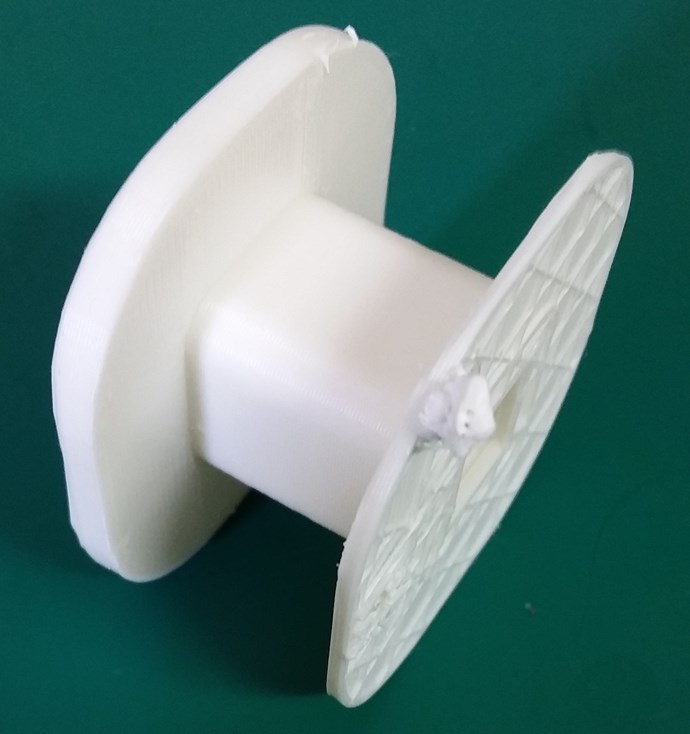
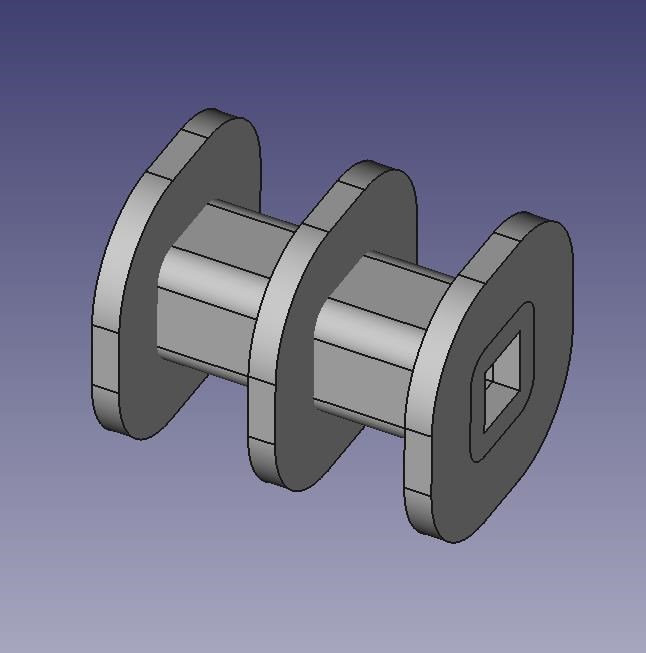
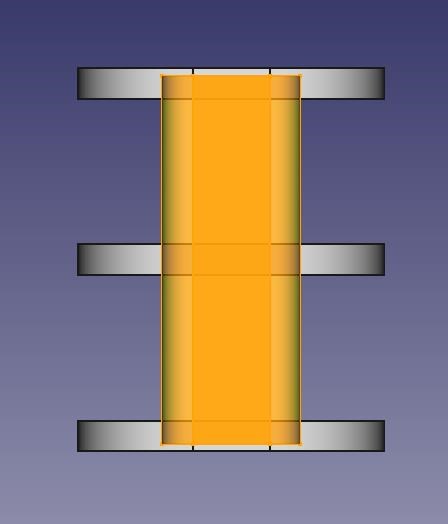
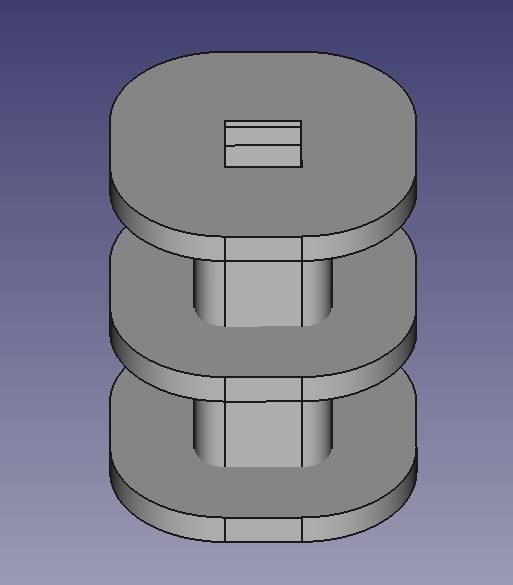
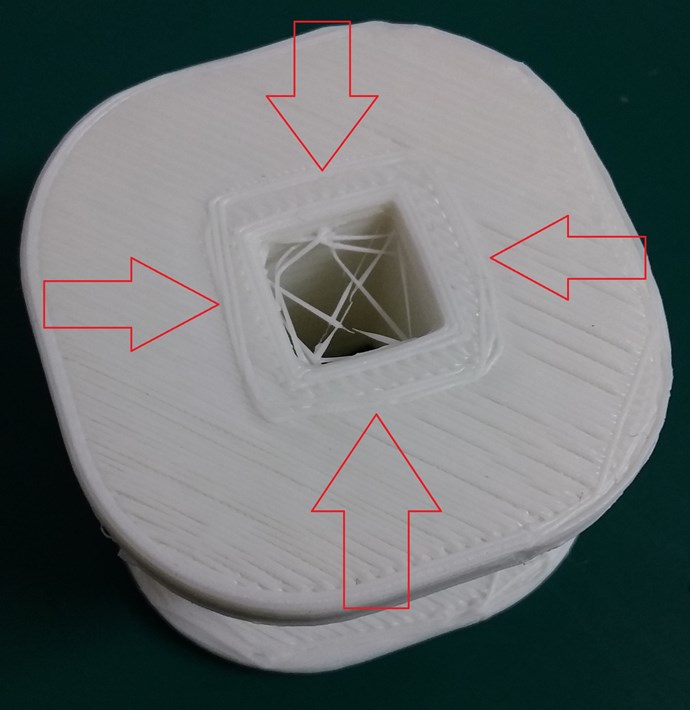



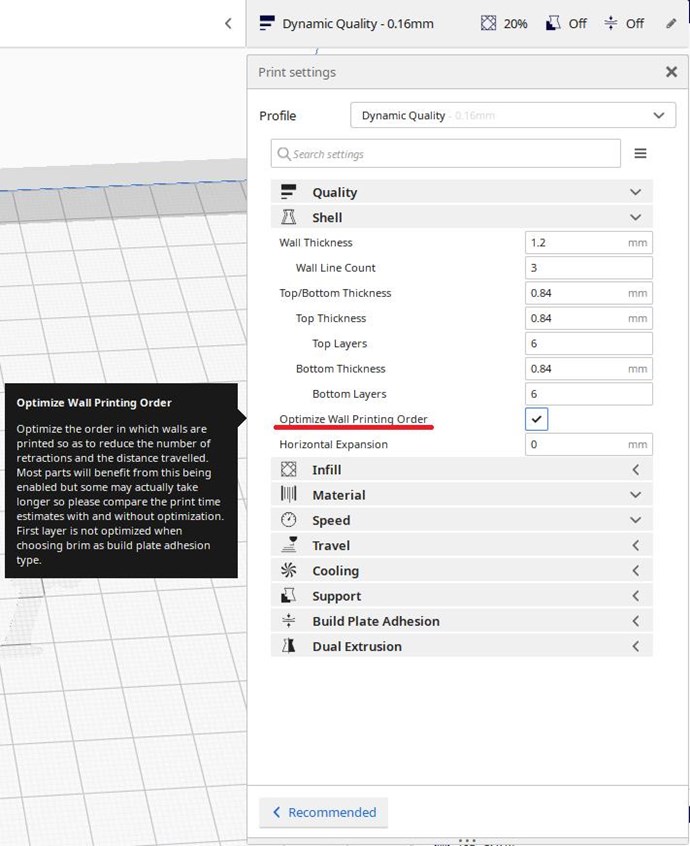
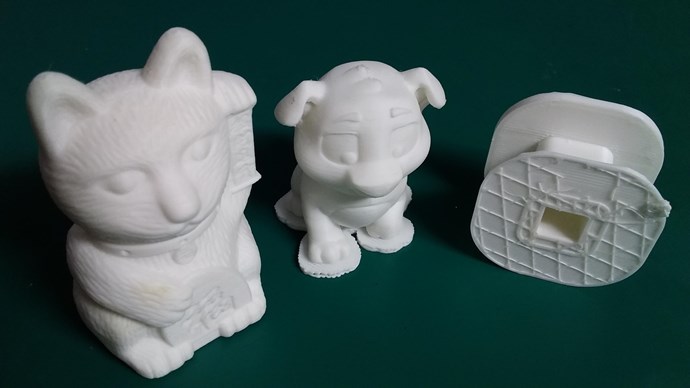


.jpg?width=690&upscale=false)



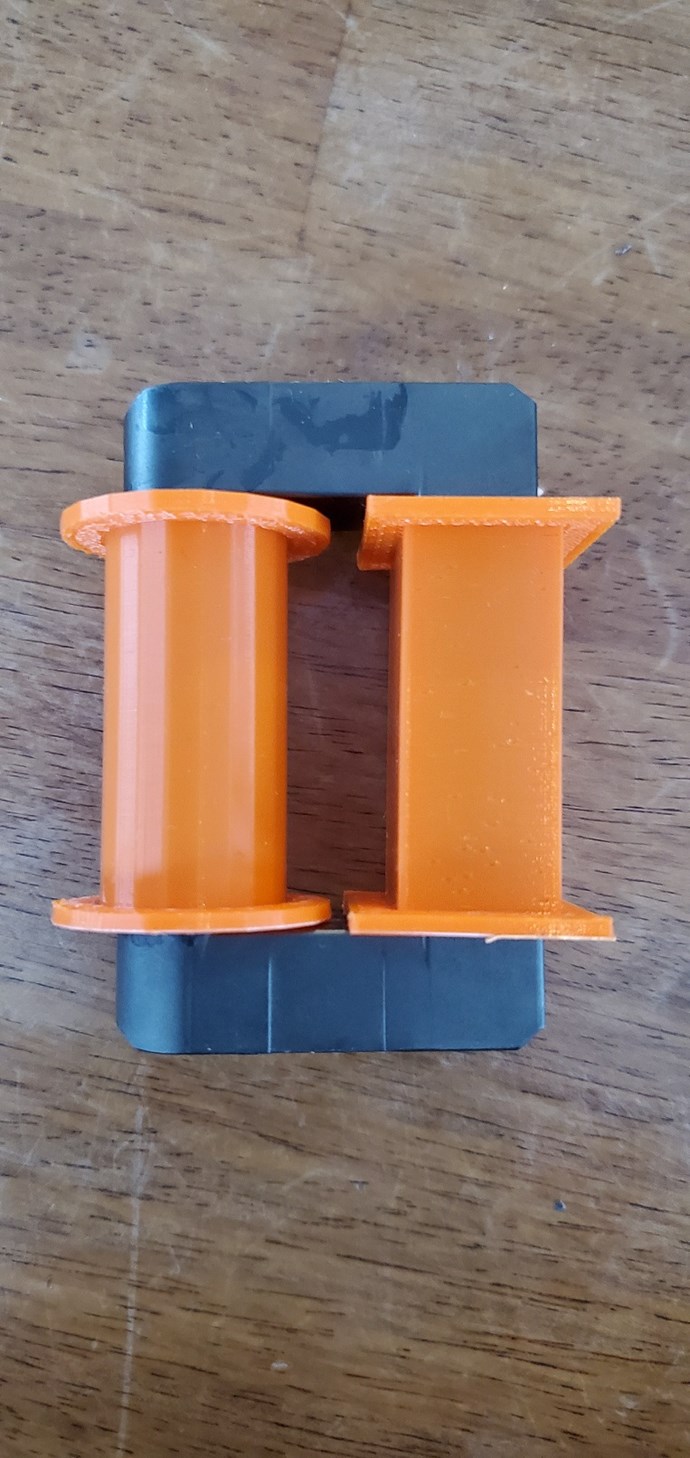 Hi builders! Yesterday I have created my first coil former using thinkercad (free and really easy). Slicing it with Cura and printing it with my Creality Ender3. Really 3D printer are a part of our future!
Hi builders! Yesterday I have created my first coil former using thinkercad (free and really easy). Slicing it with Cura and printing it with my Creality Ender3. Really 3D printer are a part of our future!

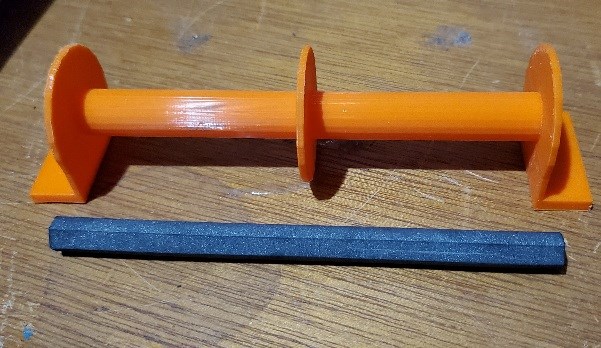
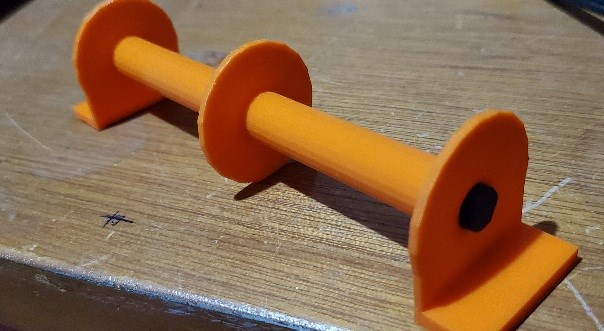 One other former for a ferrite rod.
One other former for a ferrite rod.




